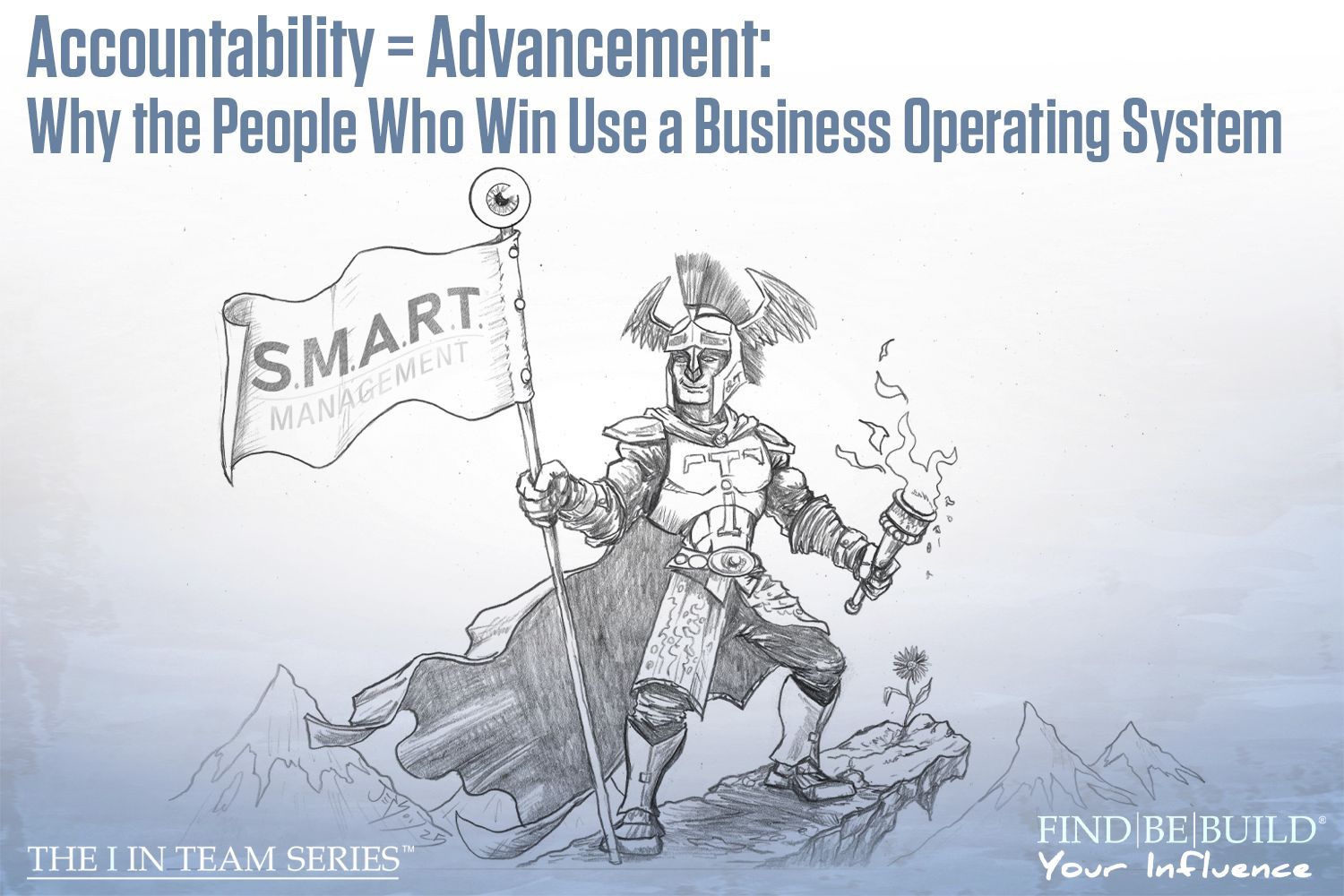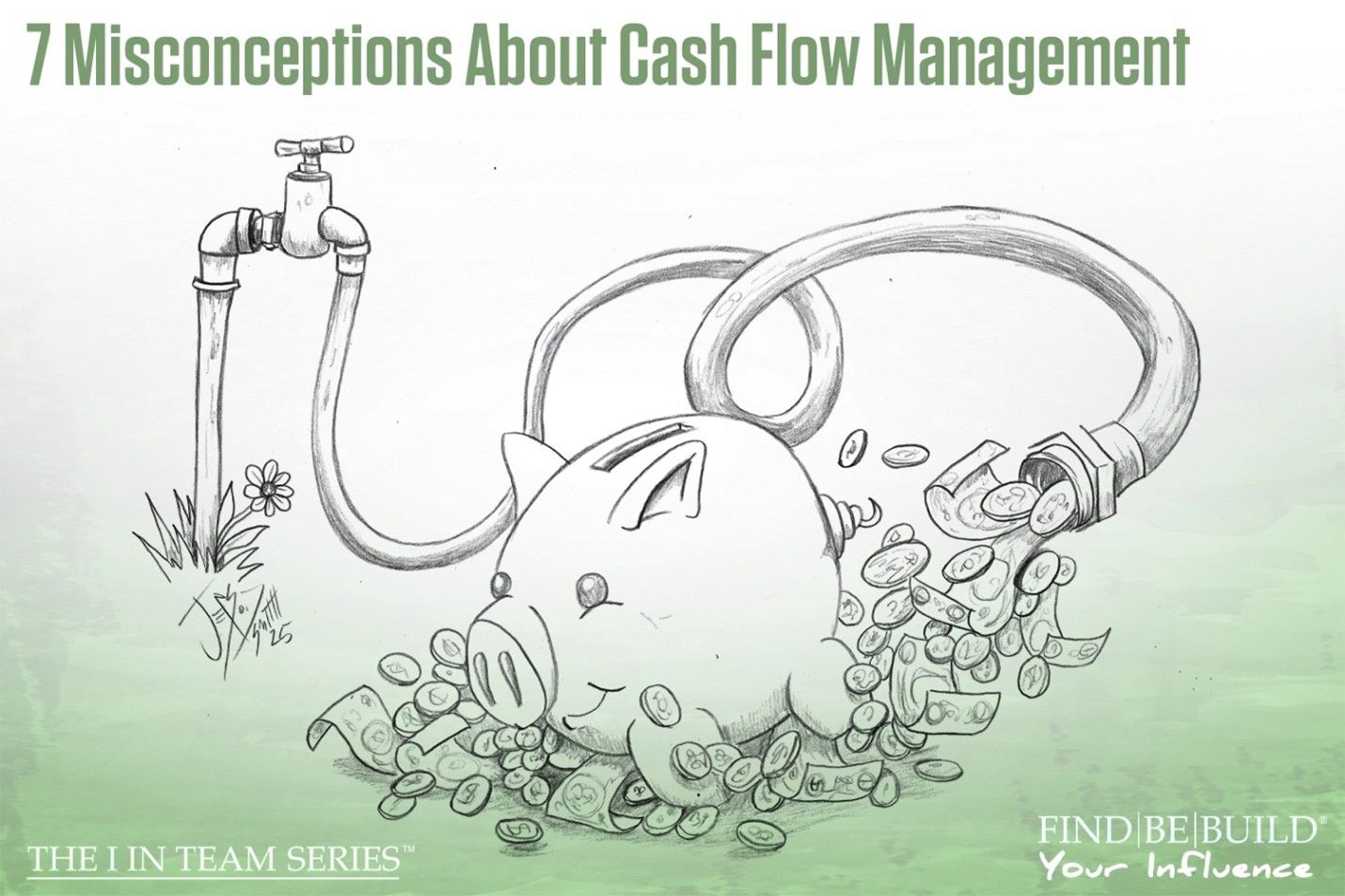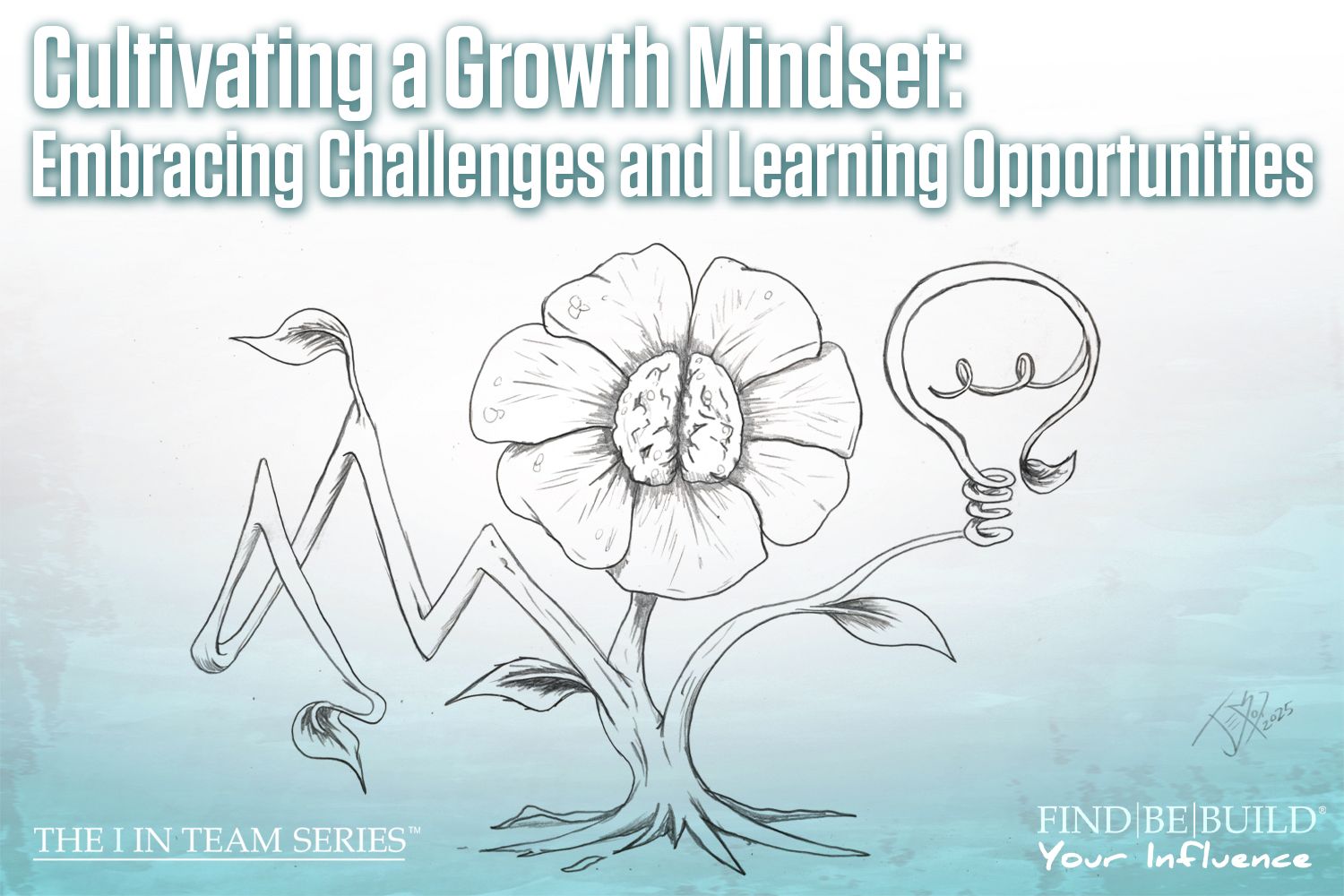Showing Gratitude

Business consulting gratitude strategies
Hi team, Mary here! We have had a pretty crazy year. Between the pandemic, civil unrest, and elections, it seems emotions are always running high. But in the month of giving thanks, I would like us all to reflect on that which we are grateful for. In times of uncertainty and stress, it can be easy to look at the past or future and wish for better, but that takes us away from the present moment. I implore you to focus on that which you do have, in the now. Showing gratitude for the positive parts of your life will help you remain positive and content overall.
What is Gratitude?
Most individuals believe that showing gratitude is the same as showing thanks. While being thankful is synonymous with showing gratitude, there are some subtle differences. Being thankful is when you acknowledge what someone or something has done or given you. For example, when your co-worker brings coffee to work for everyone, you may respond with, “Thank you!” Gratitude, on the other hand, is a feeling that is much deeper. It goes beyond the simple, verbal “thank you” and involves having a deeper appreciation and love for that person, event, or thing. It’s a deep emotional response that you feel down to your core, and the feeling lingers much longer than the “Thank you!”
If you’re someone who doesn’t have or express a lot of emotions, the differences between showing gratitude and being thankful might be difficult to grasp. You can still show gratitude and be mindful about how you conduct yourself in showing thanks while not feeling the deep emotional sense of gratefulness. Showing gratitude for the things and people in your life requires that you remain mindful of yourself and your surroundings. So, if you’re someone who has difficultly feeling or expressing emotion, meditation and mindfulness might be the solution for you showing gratitude.
Mindfulness
Mindfulness is a school of thought that can be expressed in several ways but boiled down it’s just about remaining aware of yourself, how you’re feeling inside, and remaining cognizant of the influence you have. Some people practice mindfulness by meditating while others may practice mindfulness by reading self-help books or engaging in self-education. Mindfulness is kind of what you want it to be, as long as you can stay grounded in who you are and how you influence the world around you. Staying mindful just means that you stay aware. It doesn’t mean you have to be perfect because none of us are. It means that if you identify an opportunity for growth, you try to grow positively.
Being Humble
Being humble goes hand-in-hand with showing gratitude. If you are boastful, you are certainly not being mindful. You might have a little or you might have a lot, but no matter what you have, it’s important to remain humble in those feelings. There are always going to be those who are less fortunate than you. Remaining humble and showing gratitude for what you do have in life will help you remain more content. Instead of constantly chasing greener grass or looking back on better times, find peace in where you are at in life. By showing gratitude, and feeling the weight of that gratefulness, you will inherently become humbler. Gratitude itself is a humbling feeling.
Conclusion
Focusing on what we do have rather than what we don’t have is how we can all live more content lives and spread a positive influence. When we feel grounded with where we are, we feel better about ourselves. When we feel good, we spread that good feeling to those around us. In the month of thanks, take some time to show deep gratitude towards those who have positively influenced you. You may even show some gratitude towards those who have been a negative influence in your life; sometimes negativity can make us better as humans and that is something to be grateful for. If you’re looking for more ways to be a positive influence and help spread the love, check out our Influence page! We have tons of examples of positive influence for children, your professional life, and your personal life.
I want to express my deepest gratitude to anyone out there who has read this blog, our book, followed us on social media, watched our vlogcast, and supported our efforts to spread a positive influence by teaching people how to be better leaders. You’re the reason I get up in the morning and why the sun will shine again tomorrow. You give my life purpose and meaning, and I will always be grateful for the opportunity to help anyone grow in their positive influence. So, how about you? What are you grateful for? Namaste, team.












